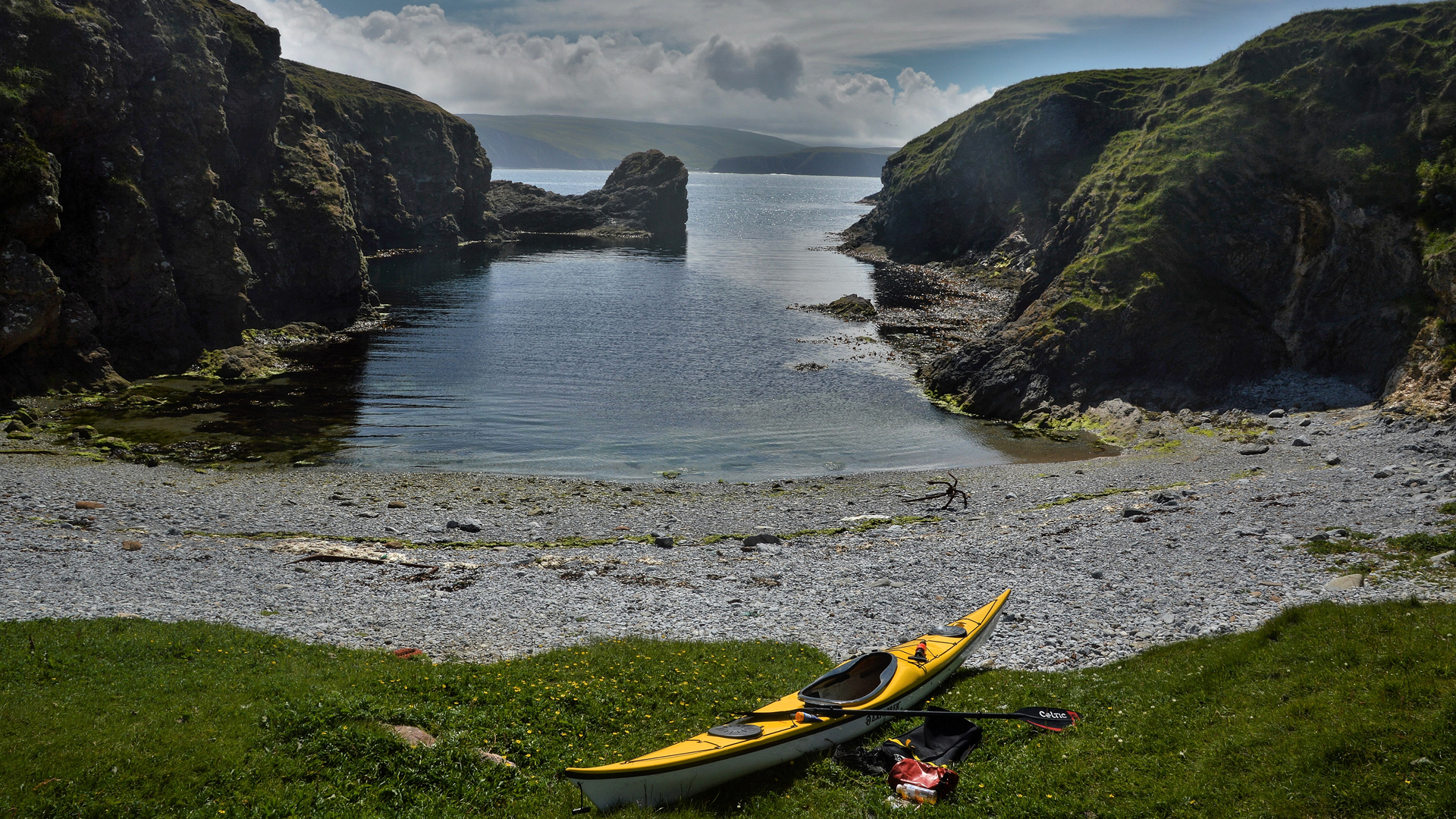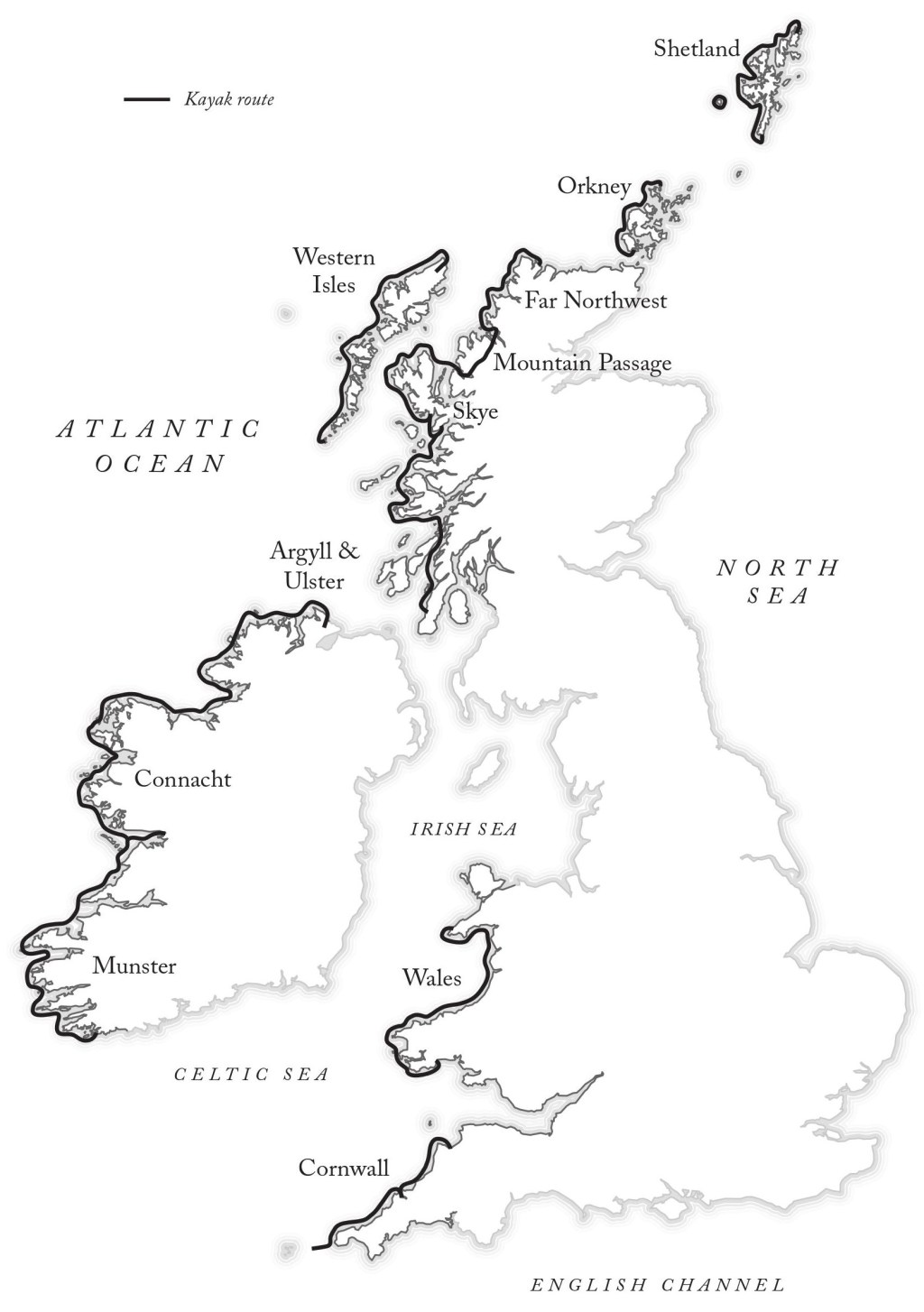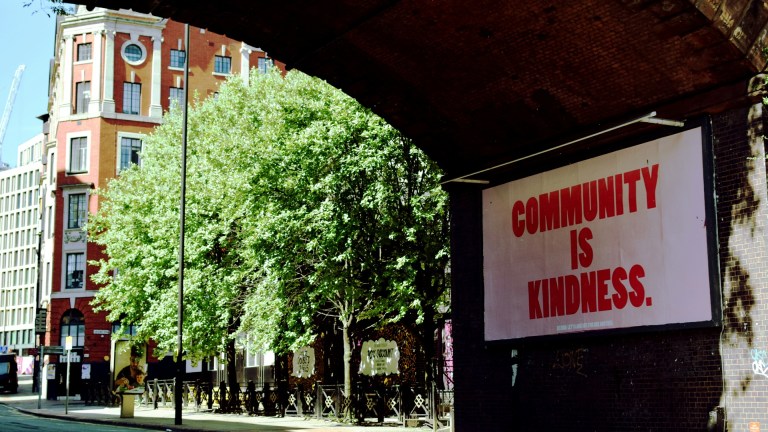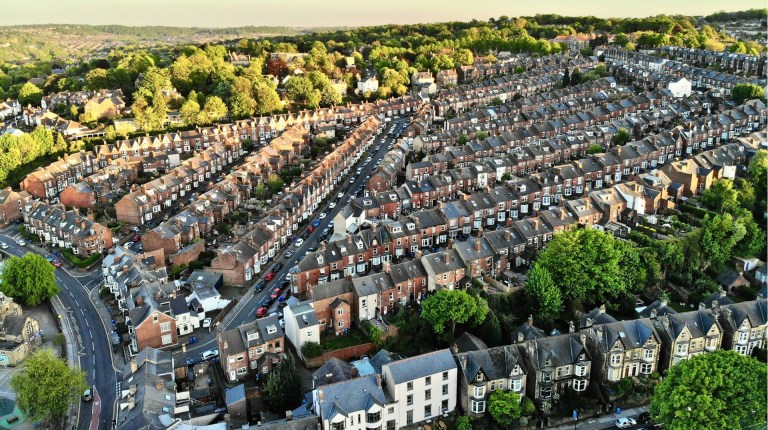Britain and Ireland are not so much island nations as nations of a thousand islands. They contain more small inhabited islands than cities, and their coastlines are tens of thousands of miles longer than the short span from Land’s End to John O’ Groats. The shore itself is a wide space, where the influence of sea extends across the land and the influence of land reaches out into sea. This is the part of our islands with the greatest biodiversity: hundreds of thousands of species meet where land and water interact.
Land maps leave the sea blank, while sea maps leave the land empty
Yet our society isn’t good at representing or imagining the shore. Land maps (whether road atlases or Ordnance Survey sheets) leave the sea blank, while sea maps (such as admiralty charts) leave the land empty. The strange result is that everything that takes place across the shoreline is unmappable. And because so much of the coastline is vertical, the bird’s-eye perspective of our maps hides large areas, such as sea cliffs, which have often been culturally significant. The visionary cartographer, Tim Robinson, draws his maps deliberately wrong to deal with this. He stretches coasts that would otherwise be thin lines into wider spaces, and covers them in names for sites that were once workplaces. His maps illustrate the fact that, even in fishing communities, there were once more jobs on the cliff-face and the strandline than on either land or sea. Indeed, the industrial revolution, and the operation of Manchester or London factories, was dependent on seaweed collected from tiny islands hundreds of miles from cities.
These shoreline histories, so often forgotten, relate to a broader issue today. Our coasts are constantly presented as somewhere scenic to escape to, rather than places with rich cultures of their own. Our society now confronts crises caused by desire for unlimited economic growth and centralised power, which had both, until recently, appeared inevitable developments. Yet the very different societies of our coastlines – often formed round small languages such as Scottish Gaelic, Irish, Shaetlan and Welsh – never entirely succumbed to that logic. They often saw their survival as dependent on resisting it. These cultures have had two centuries to imagine alternative visions of progress that English-speaking culture is only just beginning to see the need for. They can therefore inform the ways we imagine a less destructive future.
I set out to immerse myself in these coastlines by kayaking all of them
If coasts ought to be at the centre of our concerns, it’s perhaps strange that when people write books with Britain in the title, the perspective taken is almost always that of inland cities. Coastal regions from Shetland to the Outer Hebrides are rarely even mentioned. It’s this that made me look for ways to explore how Britain and Ireland might appear if viewed from their Atlantic coastlines. I knew this was something that couldn’t be imagined from my desk in the University of Birmingham, so I set out to immerse myself in these coastlines by kayaking all of them. Beginning in Shetland and ending in Cornwall I spent half of each month for a year on stunning but treacherous seas that had once been everyday routes for countless local families.
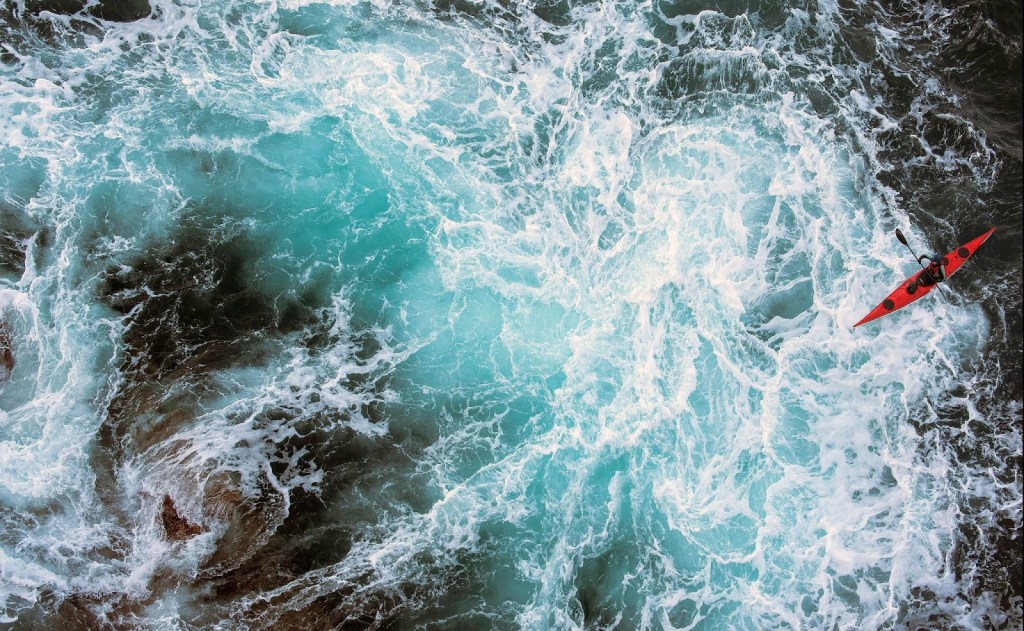
Doing this produced a unique perspective on Britain. In 12 months’ travel, for instance, only the very last reached England. I’d kayaked for five months before I reached my second town with a population of more than 600 (this was Ullapool, the first had been Stromness in Orkney). And for a very large proportion of the journey, English was a second language of the regions I travelled through.
I heard countless stories of ways in which the 19th and 20th centuries marginalised coastlines. Road and rail turned society inside out, undermining the old sea roads and moving the arteries of trade inland. Almost all new technologies from 1830 to 1970 worked against coastal communities, making places that had once been central seem remote. As a result, intense pressure built for coastlines to modernise by imitating cities, and to reject their distinctive cultures so that young people could be trained to move inland for work. Local traditions of farming and fishing, as well as art and literature, were presented as outmoded. Writers prematurely mourned the death of languages such as Welsh and Gaelic.
